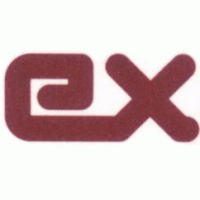Thanks!
Your above
links lead to great methods of making portable Win versions boot from USB. Can you explain or point to a single post that presents a brief overview, why and how a regular WinXP backup to an .img or .raw file needs to be manipulated (if at all) to boot it via Grub4DOS? I guess,
this thread gives some brief hints about it.
I mean not a sequence of tools to use, but a clear list of approaches to make it 1) universal and 2) boot (i.e., add FiraDisk to..., etc.). I was lost a bit following briefly your suggested "tooling" sequence wondering, why do I need to use these tools to begin with. The solution was presented without first showing a problem needed to be solved (why?) by suggested approaches (why?), coded into a select tools usage sequence. Now I have the book, where someone pulled out first half of its pages - go figure.

I do understand, any tool development can be a lengthy process that may involve numerous discussions. But an average forum visitor doesn't have to be subjected to all these talks, unless he wants to. Once a Tutorial is written, IMHO it should be self-contained, briefly explaining:
1) a problem and, as a result, tasks at hand;
2) a suggested solution (a brief list or sequence of approaches) behind making the problem solved;
3) selected tools usage flow to implement that solution, briefly explaining what each tool actually does.


























